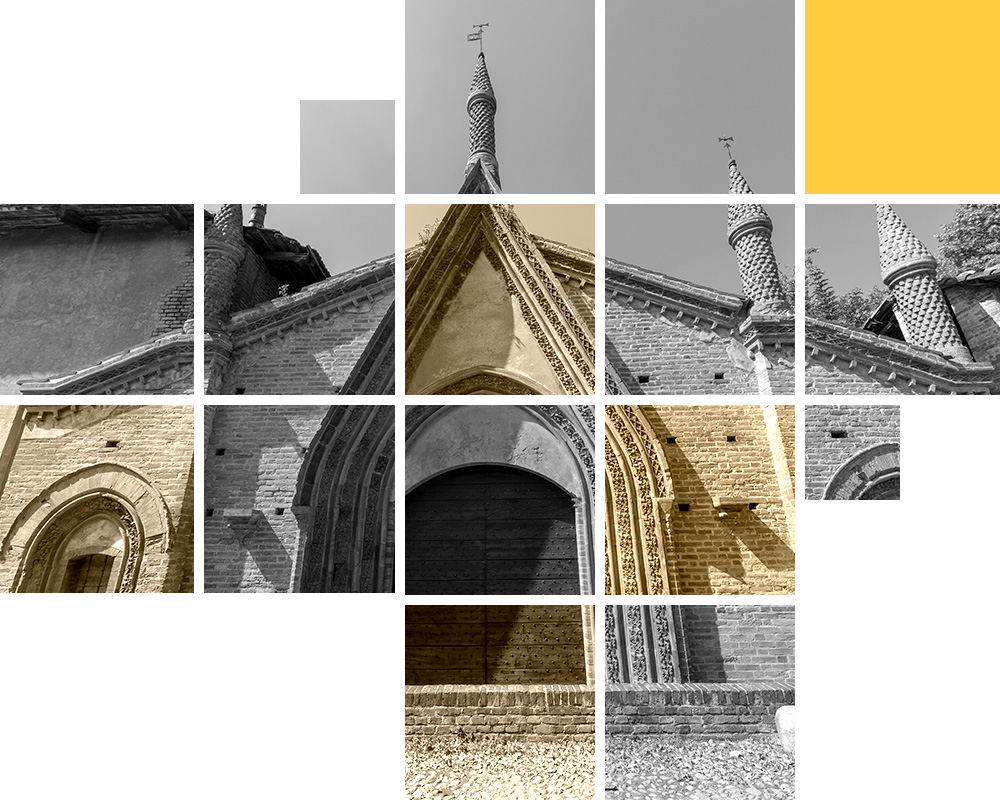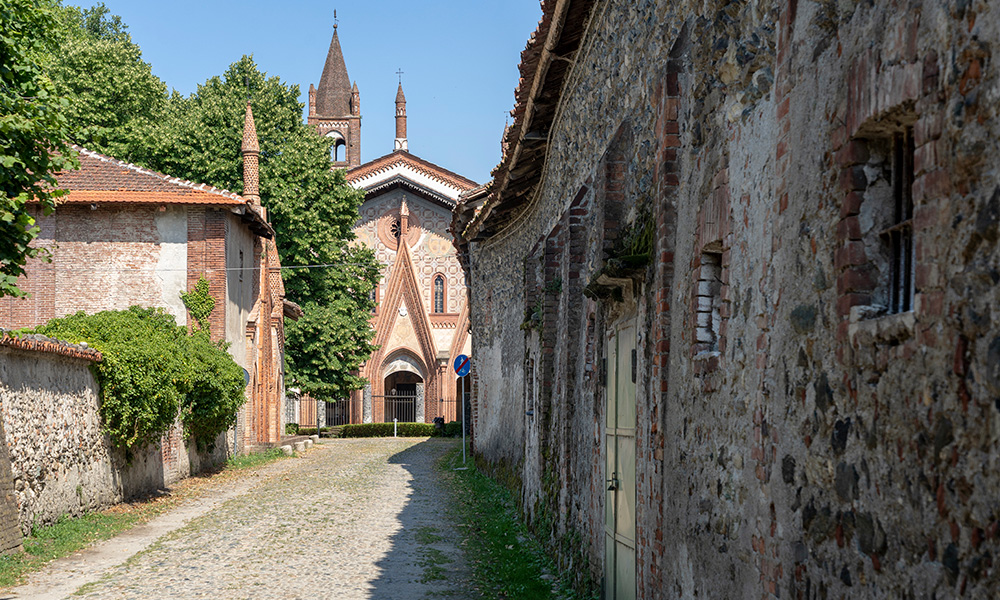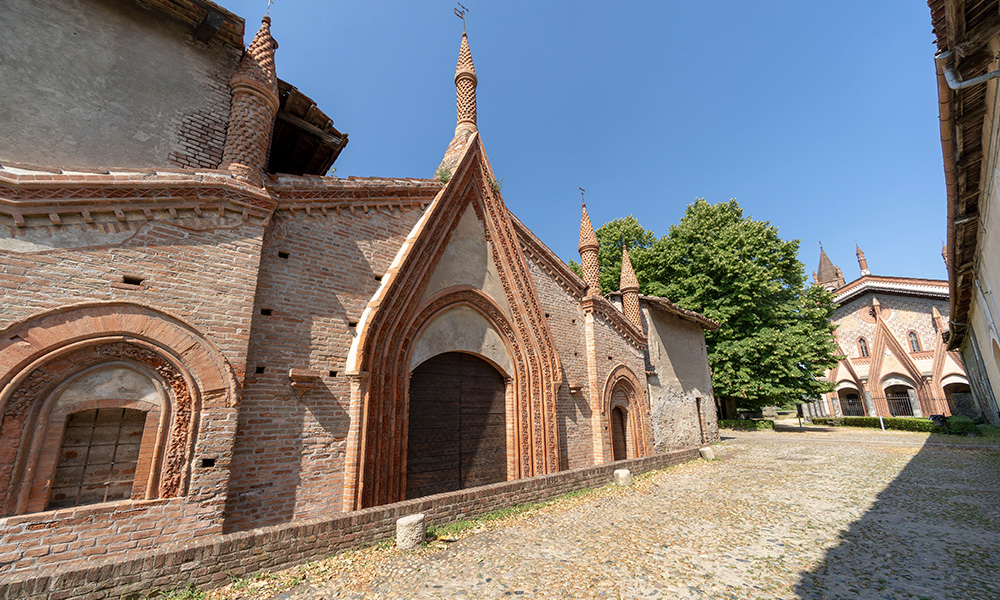Pilot site #4: Sant’Antonio di Ranverso Preceptory

Country:
Italy
Type of heritage:
Cultural heritage
Owners of the site:
Fondazione Ordine Mauriziano
Managers of the site
Fondazione Ordine Mauriziano
Coordinator for the ARGUS project:
CCR "La Venaria Reale"
Coordinates:
42.08983 N, 12.87230 E
Description of the pilot

The Preceptory of Sant’Antonio di Ranverso is a religious complex in Buttigliera Alta, 20 km from the city of Turin, northern Italy. It represents a testimony of great historical, artistic and naturalistic interest. The complex arises along the pilgrimage route of Via Francigena (French road) and it was founded in 1188 by Humbert III of Savoy. For centuries, the Ranverso Preceptory carried on a primary role of welcome and refreshment for pilgrims and a treatment centre for sick people, even during the plague outbreak, from the 14th century onwards. The architecture and interiors’ decoration were inspired by trends from beyond the Alps, with its gothic style representing a rarity in the artistic Italian landscape. The church’s wall paintings are considered one of the masterpieces of the late Gothic Piedmontese school dating from the 2nd decade of the 15th century, painted and signed by Giacomo Jaquerio, The apse also preserves a valuable polittico by Defendente Ferrari, dated 1531.
Main threats
Despite the major restoration of the 1902-1921 architectural structures and the intervention between 1999-2001, today the condition of the building and its figurative heritage has progressively deteriorated. Nowadays, the conservation of the Preceptory and its art treasures is one of the most important challenges of the Ordine Mauriziano Foundation’s plan for the next years. The main cause of the deterioration is related to the extensive capillary rise and widespread inflow of rainwater not well conveyed, which have led to phenomena of chromatic alterations, detachment and fall of painted and unpainted plasters. The monastery sleeve also suffers from structural destabilisation caused by soil subject to landslides.

Technical interventions in ARGUS

- To assess the threats of extensive capillary rise and widespread inflow of rainwater and to identify the extent of the chromatic alterations, detachments and other types of deterioration.
- To utilise the multimodal approach in ARGUS towards an action plan for preventive preservation suitable for the building in its context.